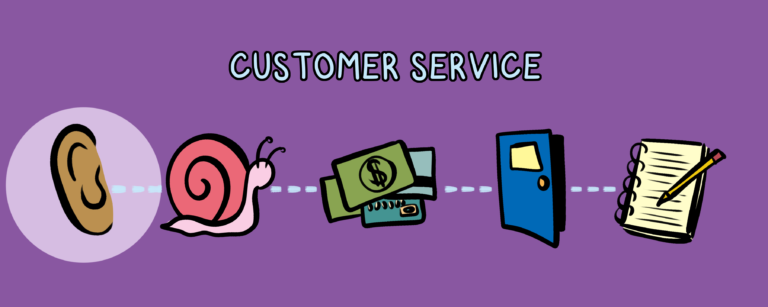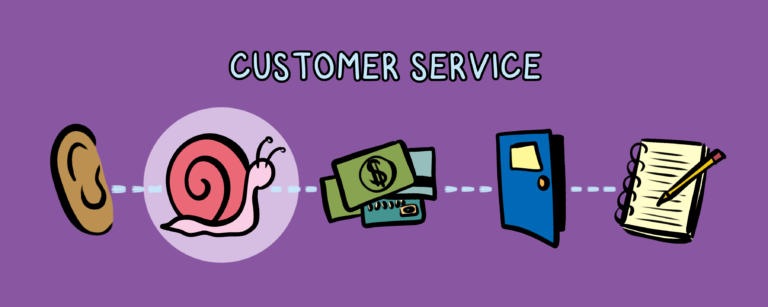Oh, hey! Welcome to the community.
I was chatting with a colleague who is in the midst of conducting a job search. She is coordinating an online process, eight hours in total, which includes four individual meetings and two separate group interviews. Given her level of anxiety about hosting the process online, I immediately began thinking about others who are embarking on a new adventure in virtual interviewing and the uncertainty that comes with it.
Conducting Virtual Interviews
A quick google search revealed there are many sites to assist with performance in a virtual interview. There are not as many resources available to help you prepare for conducting virtual interviews. At eRezLife, we’ve been conducting virtual interviews for years. Here are some of the tips from our team:
- Empower with information. Because online interviews are new for many interviewees, it’s important to set them up for success by sharing expectations, names, and helpful tips before the interview. Include information such as apps to download, access to the software used to practice online in advance of the interview, and questions to prep to help reduce anxiety for your candidates. A less anxious candidate usually results in a more authentic perception of their true self.
- If there is more than one interviewer, practice your timing and talk about who will take on the roles or tasks. In virtual interviews, you’re unable to rely on the non-verbal cues of your co-workers in the same way you can when you’re sitting at a table with them.
- Make a conscious effort to be personable online. The screens act as a barrier for connection. Take a couple of minutes at the beginning of the interview to casually chat with the candidate to ease the tension of this unnatural environment.
- Consider your physical presence in a virtual space. Candidates can only get non-verbal cues from your facial expressions and will likely read into those expressions more than in an in-person interview.
- Factor in team fit. Because there is no opportunity to witness the informal and organic connections between future team members, as the interviewer, you need to be more intentional about team fit. Do you need to include more people in the interview process? Do you need to ask different questions to determine if the values and work ethic will fit in with that of your current team?
- Worry less about attire and more about motivation. The concept of professional attire is being rediscovered in higher education, and that seems to be even more true now in our virtual era. Outline expectations for attire but also be realistic about whether it matters if someone wears a button-up shirt and sports jacket versus a polo shirt in their interview. Does that change the quality and value of their responses? Attire can be coached later if needed.
Tips for Virtual Interviews
Technology adds an element of stress that is not present in in-person interviews. Regardless of if you’re an interviewee or an interviewer, here are some tips when thinking about virtual interviewing:
- Find a location where you are comfortable. I can appreciate that space is at a premium right now and that you don’t have a lot of choice of where you interview. That said, do your best to ensure that people are not walking behind you or starting a blender.
- Ensure your voice is heard. Your words are the most important thing in the interview, so you don’t want to risk technical difficulties. Find a headset or an external microphone. Airbuds look great but are not ideal for interviews as they disconnect and can lose their charge. If you have a headset or earphones that have a built-in microphone, this will ensure you are heard clearly.
- Manage your exposure. Turn off notifications if you’re sharing your screen, and check your profile picture and name on your Zoom/Skype account. Ensure the photo that appears on your profile when you turn off your video is one you are comfortable with.
- Set up your interview station. Have paper, pens, your notes, water, and any other materials you may need within arms reach so you don’t need to get up to get anything. Face the light so you are illuminated on the video. Lastly, find a stand for your iPad (if you don’t have one, I’ve used this trick many times), and raise your screen so you’re looking at eye level, not looking down or to the side.
- Wear pants. While you don’t need to wear a full suit to an online interview, you will want to look professional and that you’re taking the experience seriously. And yes, it’s unlikely that anyone will see lower the half of your body, but it’s important to have pants on in case you have to get up! If residence life work has taught us anything, it’s that you need to be prepared for anything to happen!
- Test out your system. Ask a friend to do a trial to ensure your camera is clear and you’re in good focus, that your sound is clear and not picking up background noise, and that the background in your frame is not distracting. In many cases, this will also allow you to figure out all of the complexities of logging in or setting up your device.
- Be patient. While you may be prepared, keep in mind that it also could be someone’s first time in a virtual environment. The ability to adapt to and cope with the unknown and unexpected is an asset.
You’ve Got This!
All in all, the key to successfully conducting in virtual interviews is to be prepared, empower your interviewee, and make them feel comfortable, and be patient when technical difficulties arise. A virtual interview will never be the same as the in-person experience, so it’s important to adapt and learn to ensure the virtual experience can give you the insight of the candidate that you need to make that hiring decision.
Welcome to the community. We’re glad you’re here.






